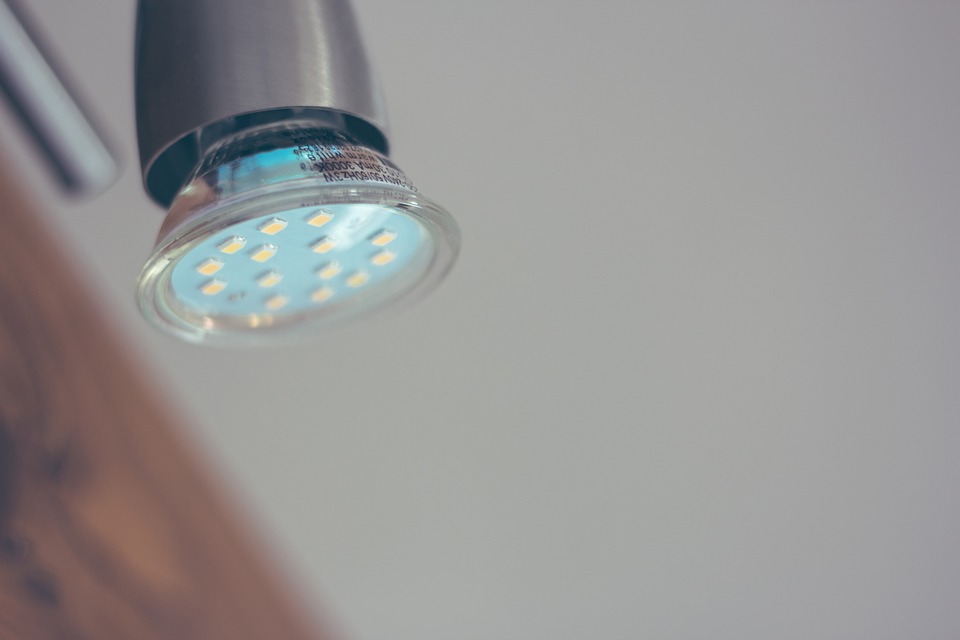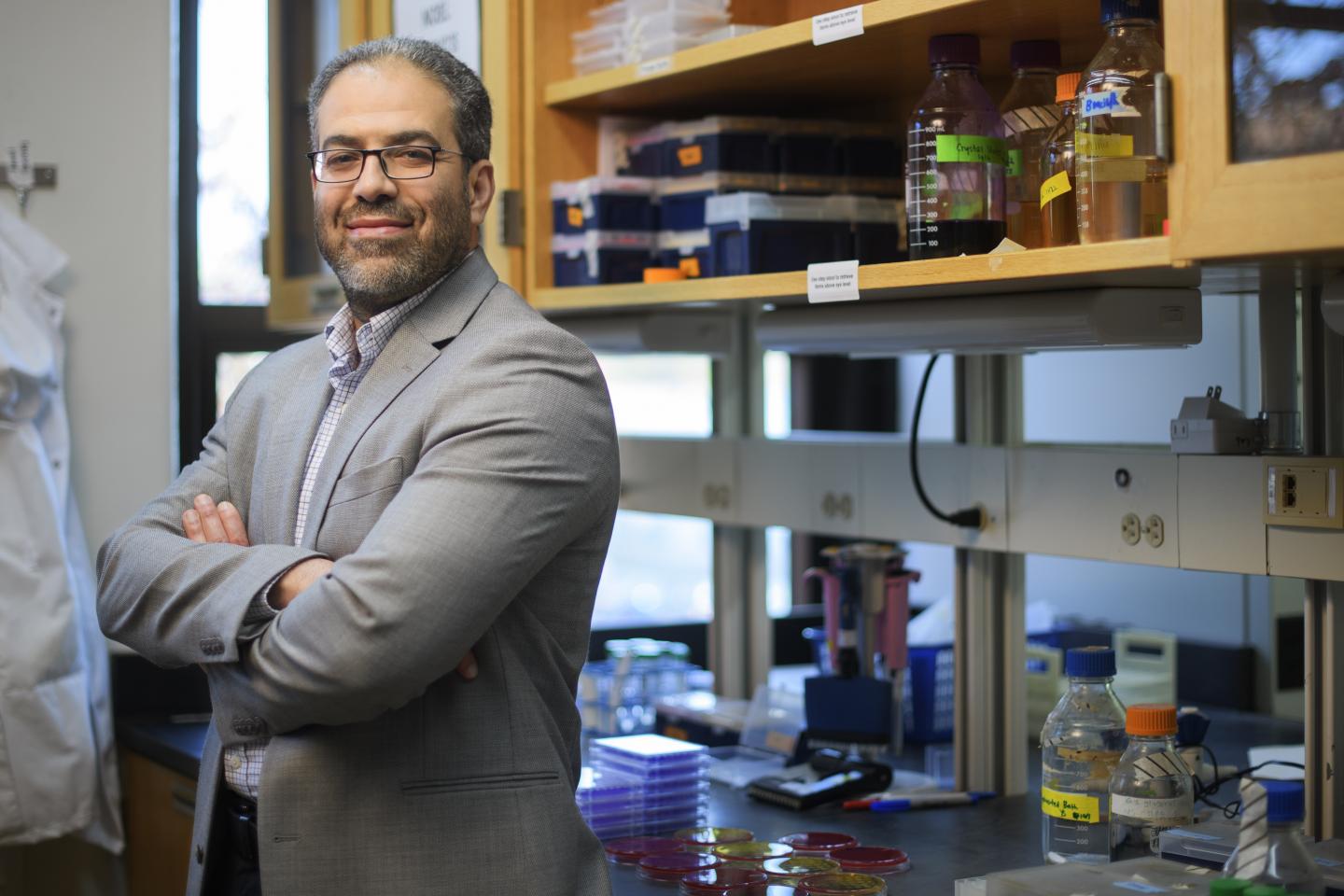The love-hate relationship between human and blue light becomes more complicated with a new research published by researchers at Purdue University and Boston University. They discovered that blue light exposure can kill Methicillin-resistant Staphylococcus aureus (MRSA), a bacterium that causes infection in various parts of the body and is called “superbug.”

(image: Pixabay)
According to the new research, published on March 30, 2019 on Advanced Science, researchers found that exposing MRSA to blue light can render it defenseless against antiseptics as mild as hydrogen peroxide.
Mohamed Seleem, a professor of microbiology at Purdue's College of Veterinary Medicine, explained that the method is to use blue light as a tool to “bleach” pigments on bacteria, making them vulnerable enough to be killed by antiseptics.

(Mohamed Seleem, Purdue's College of Veterinary Medicine; image: Purdue University)
After achieving promising results in vitro, the researchers exposed mice with MRSA-infected wounds to different wavelengths of light. The infections responded especially well to light in the blue region, and combined with a low-concentration hydrogen peroxide, were reduced significantly.
“This new tool can treat any superficial wound infected with MRSA, which are typically very difficult to treat,” said Seleem. The researcher team aims to develop a box-shape blue light device for MRSA treatment in the near future which is small enough to be carried around. The technology is patented and will be adopted with clinical trials through Boston University.













